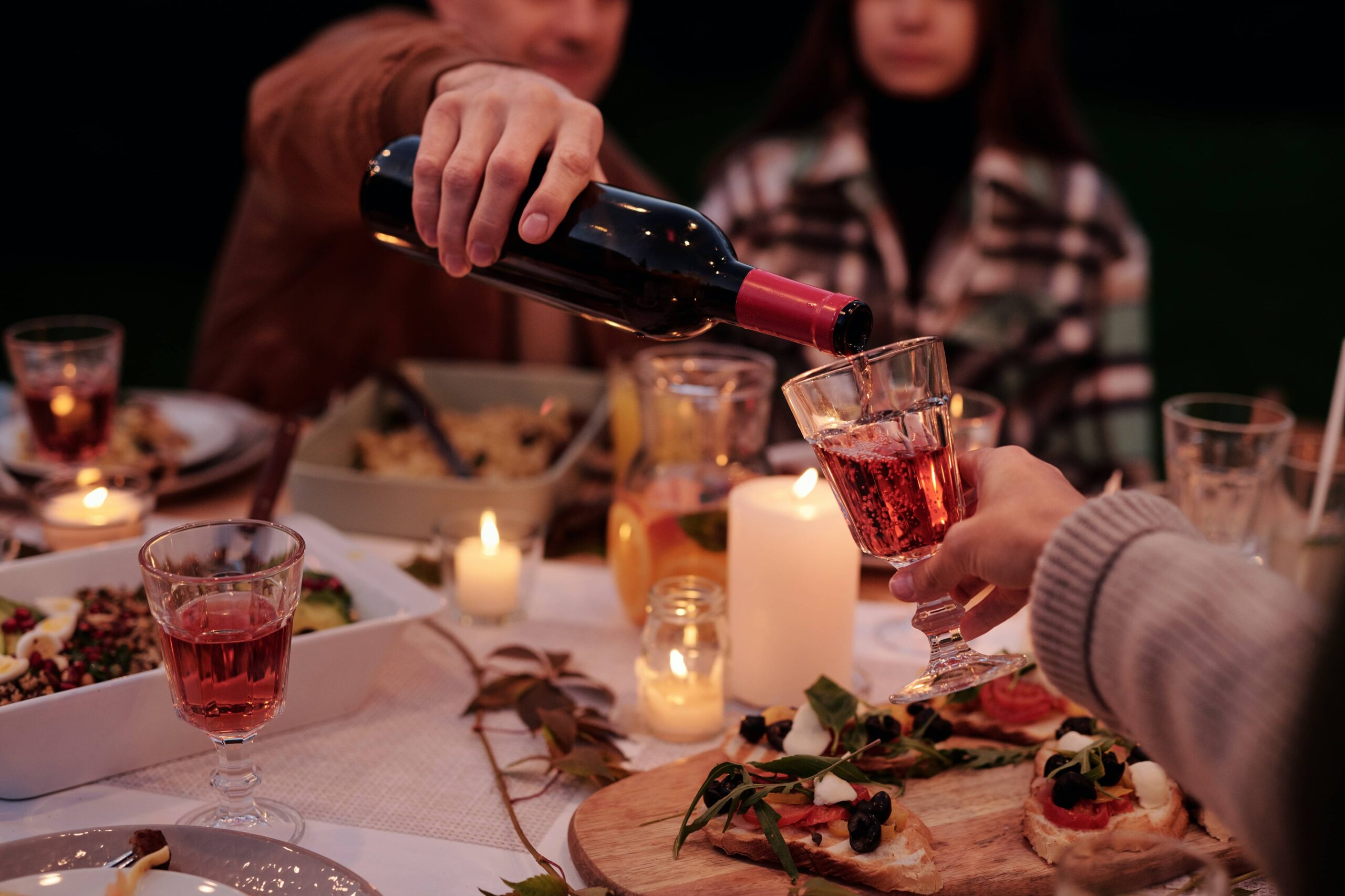 With concerns about climate change and the environment becoming ever more pronounced, many recent trends in gardening have focused on creating better conditions for species in decline.
With concerns about climate change and the environment becoming ever more pronounced, many recent trends in gardening have focused on creating better conditions for species in decline.
Bee gardening has been a particularly popular phenomenon in recent years as gardeners do their bit to halt the worrying decline in Britain's native pollinators.
But bees aren't the only ones affected by climate change and the disappearance of green areas. Birds and many other animals are also under threat – so, as gardeners, how can we help?
The Royal Society for the Protection of Birds has a wealth of information that could help you create a more wildlife-friendly garden – without just letting it go completely wild, of course.
When planning your garden, you should look at the kinds of plants that grow naturally in your area and try to incorporate as many of these as possible.
Focussing on creating key habitats is a good means of ensuring wildlife is attracted to your plot. Incorporating an area of long grass will provide an ideal habitat for caterpillar and leather jackets, which will attract blackbirds and starlings – it'll also save you time when mowing the lawn.
For gardeners who want to be a bit more adventurous, incorporating a water feature into your garden is one of the best ways to attract wildlife. Birds use shallow areas for bathing and drinking, while dragonflies and amphibians also thrive in such areas. Newts live in deeper areas, which can also enable aquatic insects to survive cold spells.
Growing climbers against walls is another great way to attract wildlife as they provide roosting and breeding sites for birds; a thick, well-developed shrub bed will also create nesting sites and shelter.
Bat boxes and bird boxes make excellent, relatively low-cost additions to gardens, while dead wood will help to create a habitat for insects and beetles.
Wildlife also requires areas in which it is able to forage and feed at different times of year. Providing early and late-flowering plants will ensure insects have a good supply of nectar, while fruiting bushes will enable birds and mammals to obtain food during the autumn and winter months.
When planting for wildlife, the key idea is to ensure animals have a year-round supply of food. This can be done by including a variety of species, such as evergreens, fruit trees, colourful cottage garden plants, annuals and wildflowers.
Planting native species is often the best way of ensuring wildlife has a good source of food, although many birds are able to eat the berries of non-natives such as cotoneaster or pyracantha, so it is possible to include other varieties.
After reading all that, you might feel tempted to simply give up on gardening and let your garden revert back to nature. But regular maintenance, such as pruning, is actually beneficial for wildlife – as long as it is carefully planned.
However, you should consider leaving the odd pile of leaves or fallen fruit rather than tidying up too regularly – this can help attract wildlife and save time for other gardening jobs.




